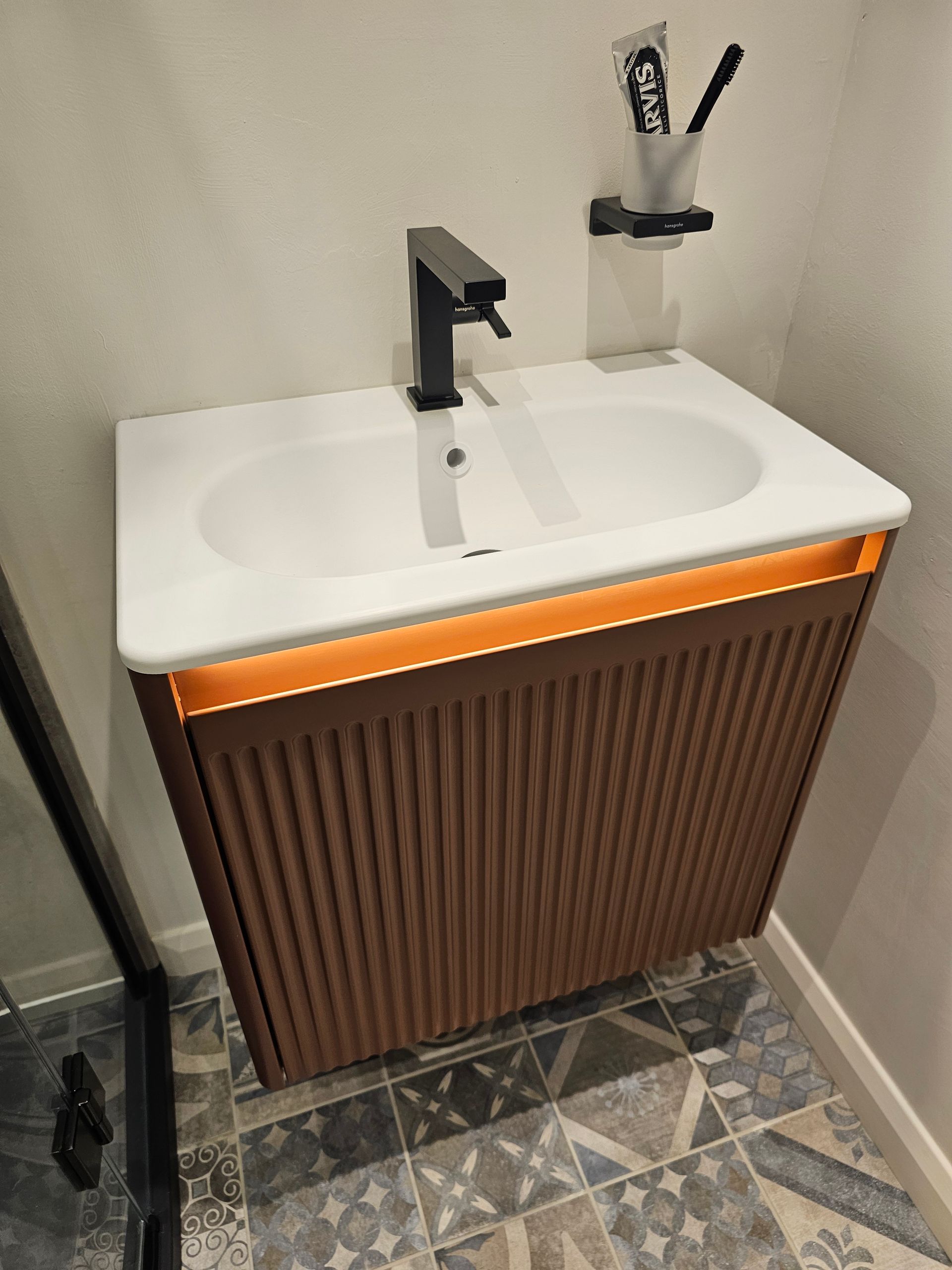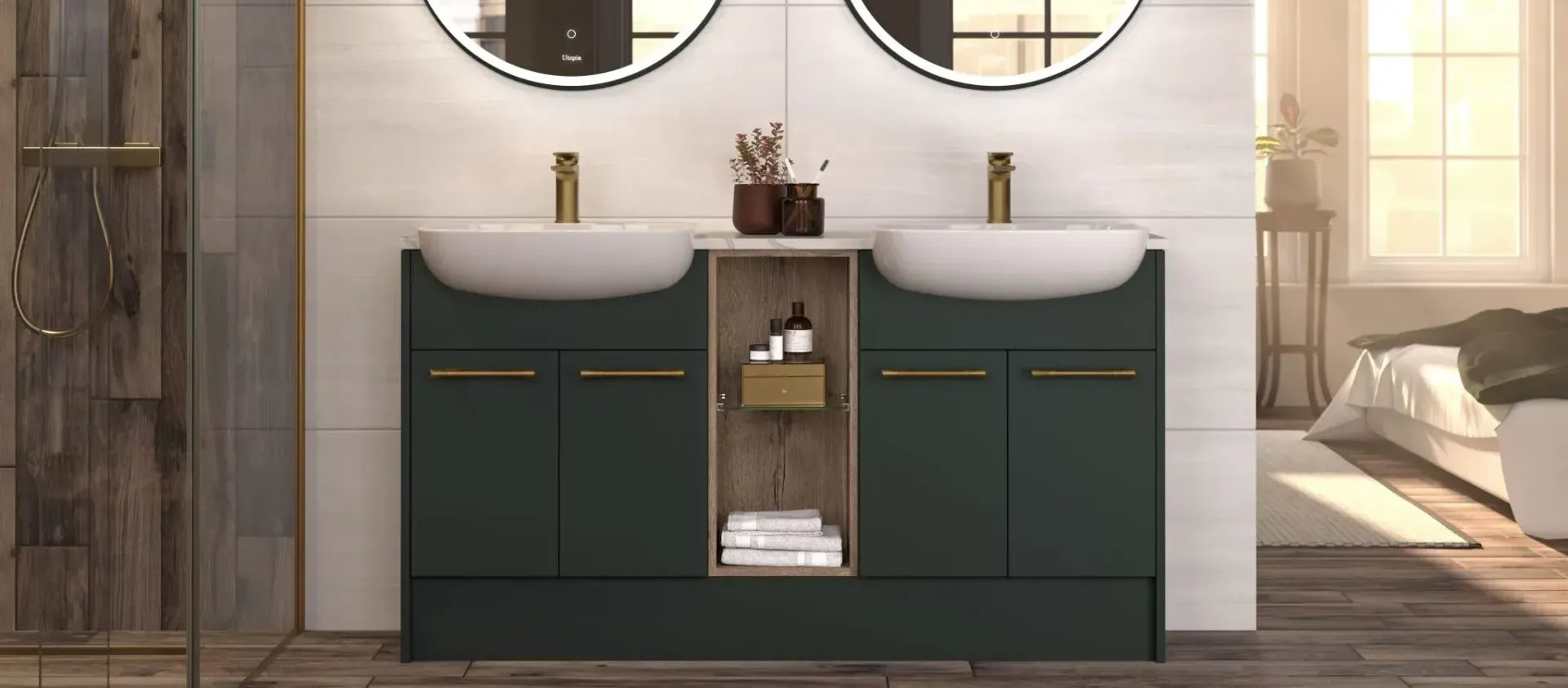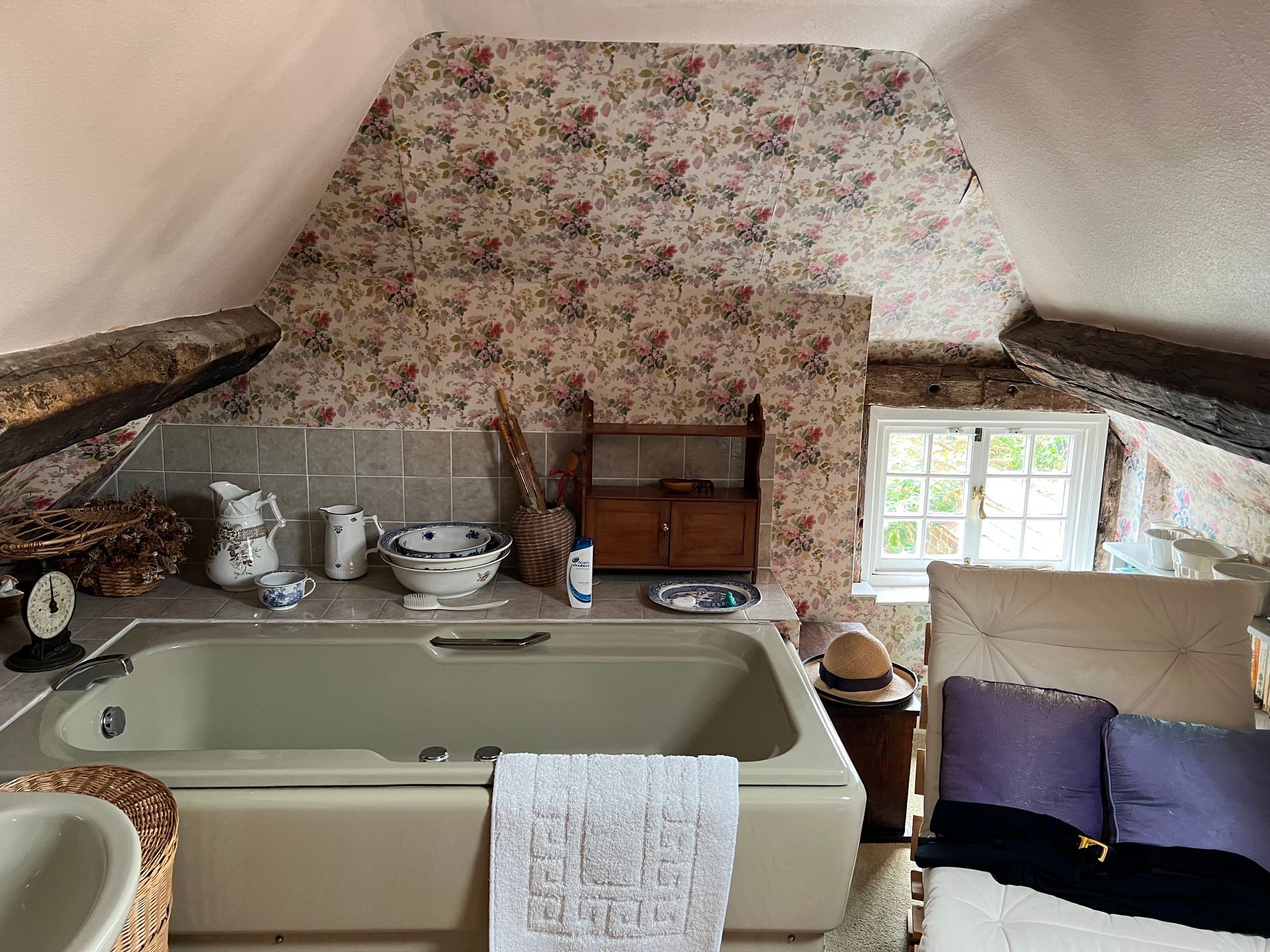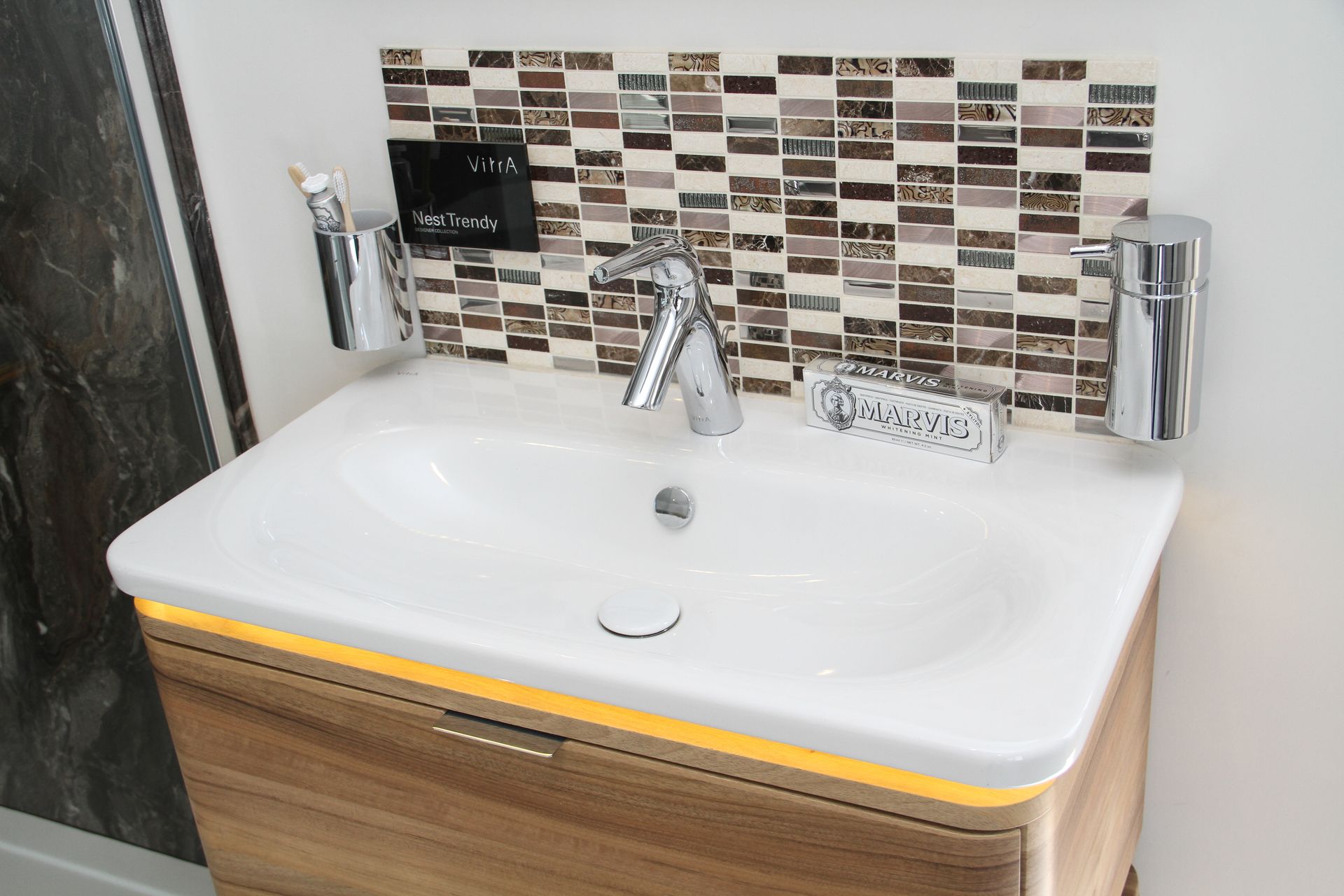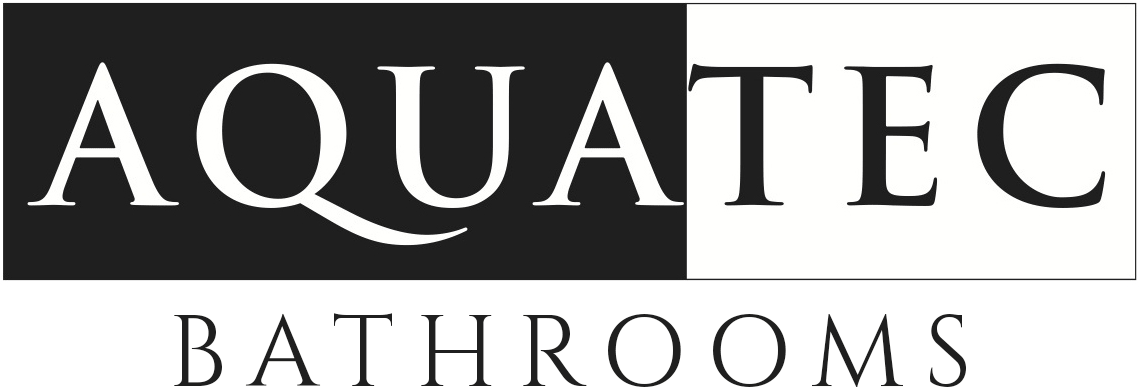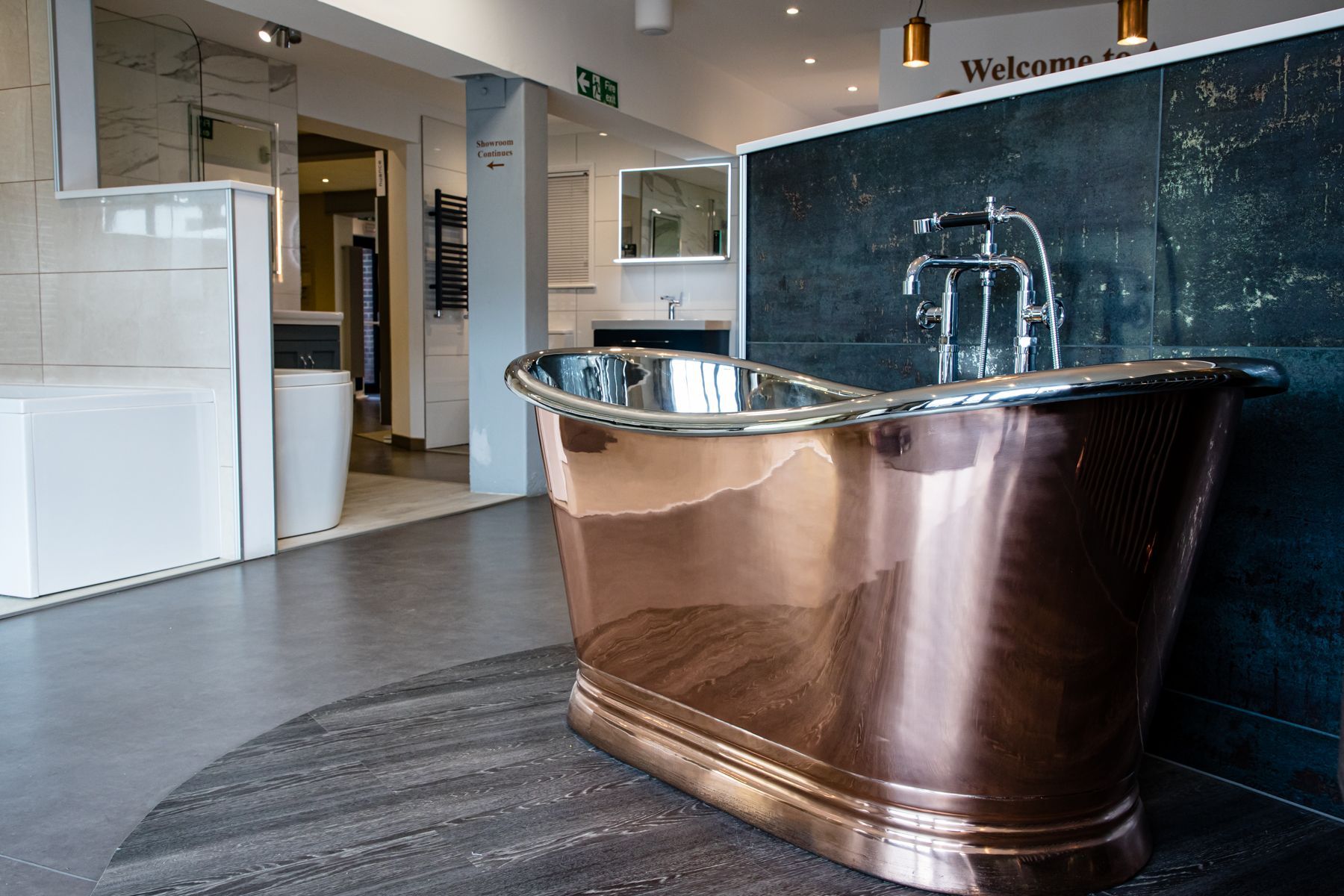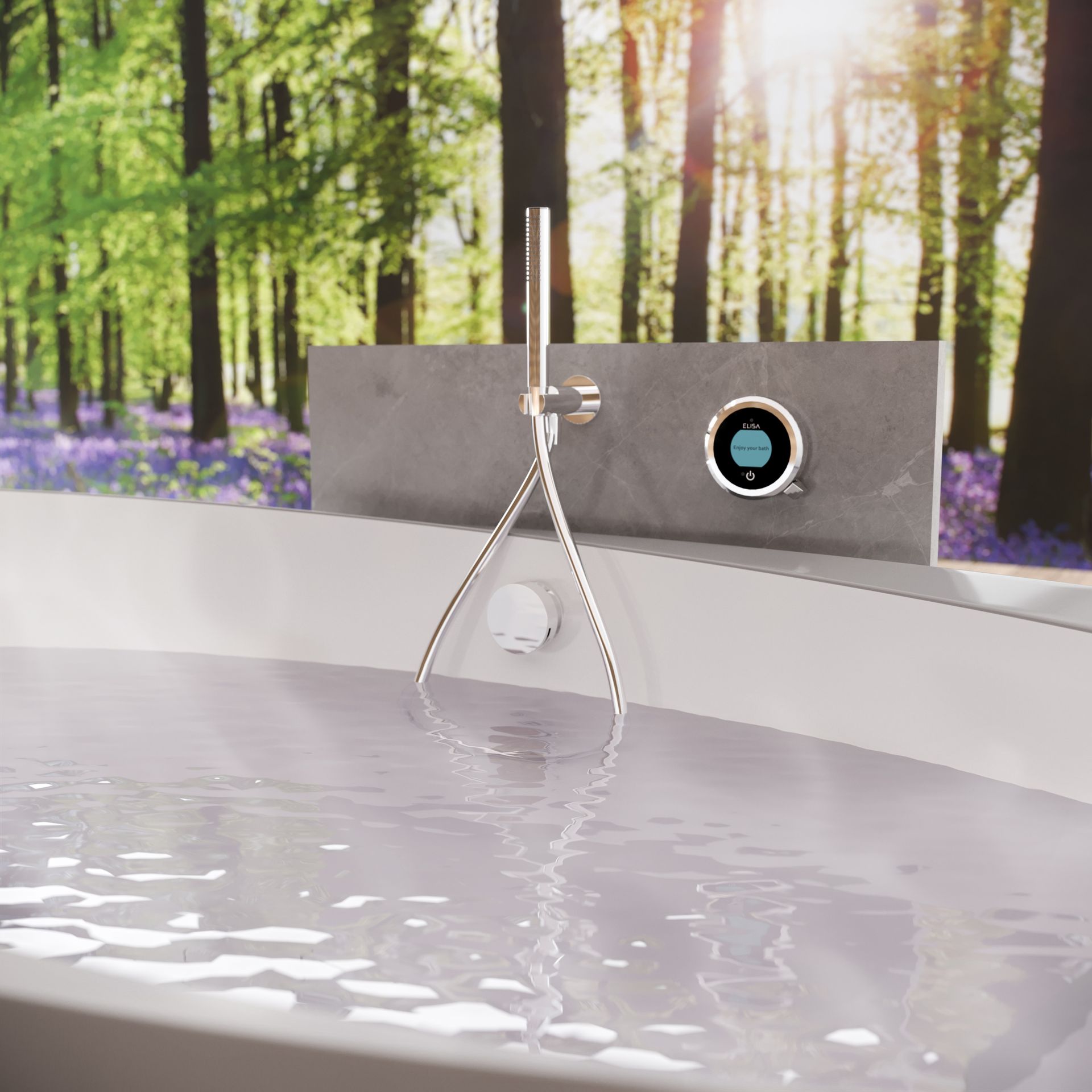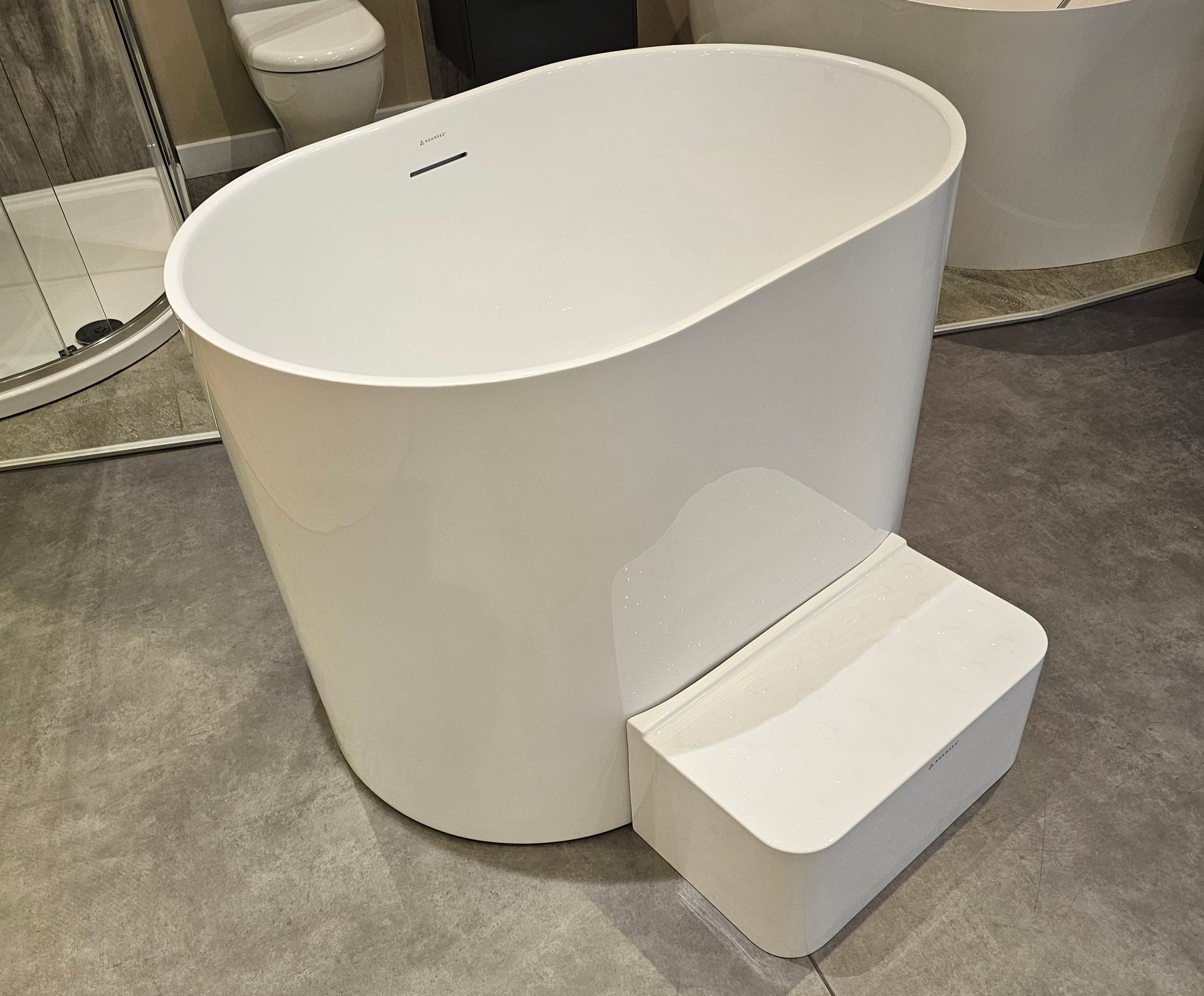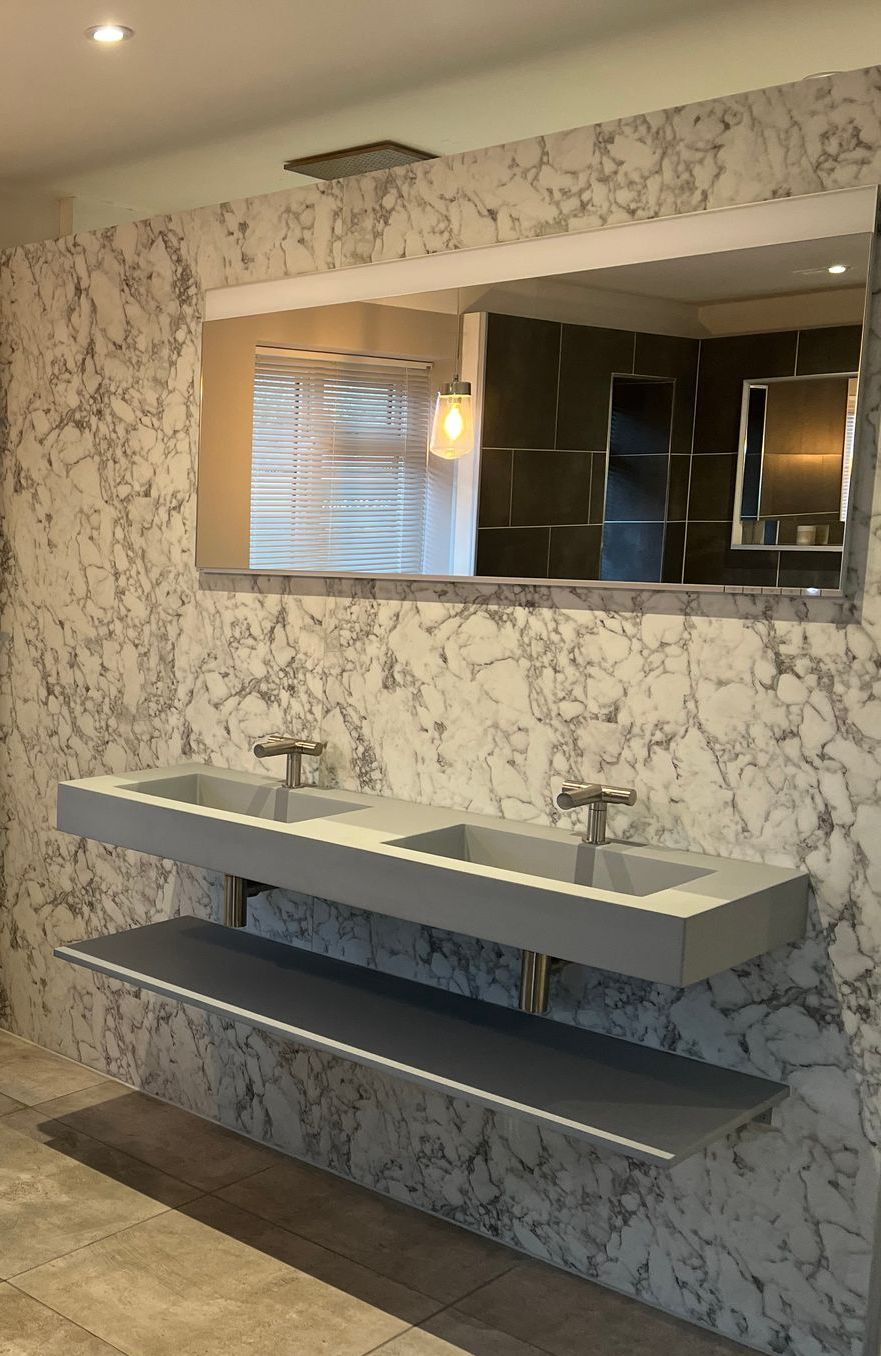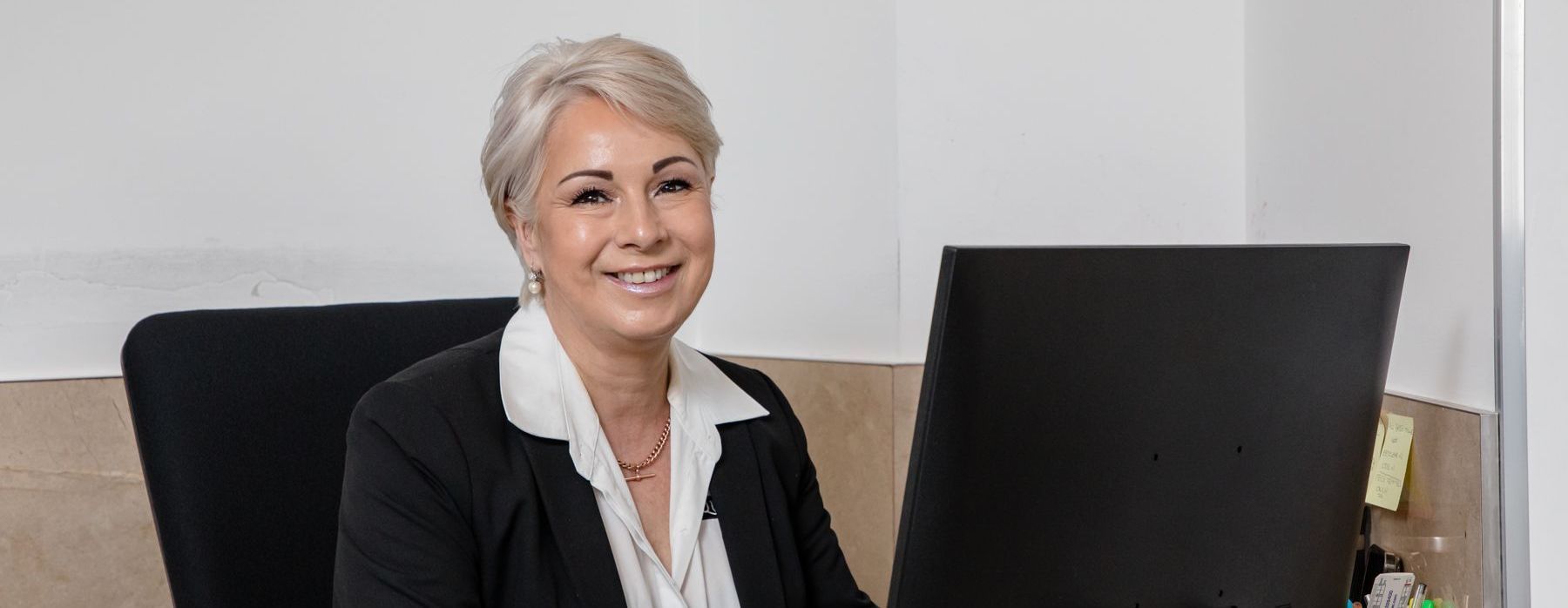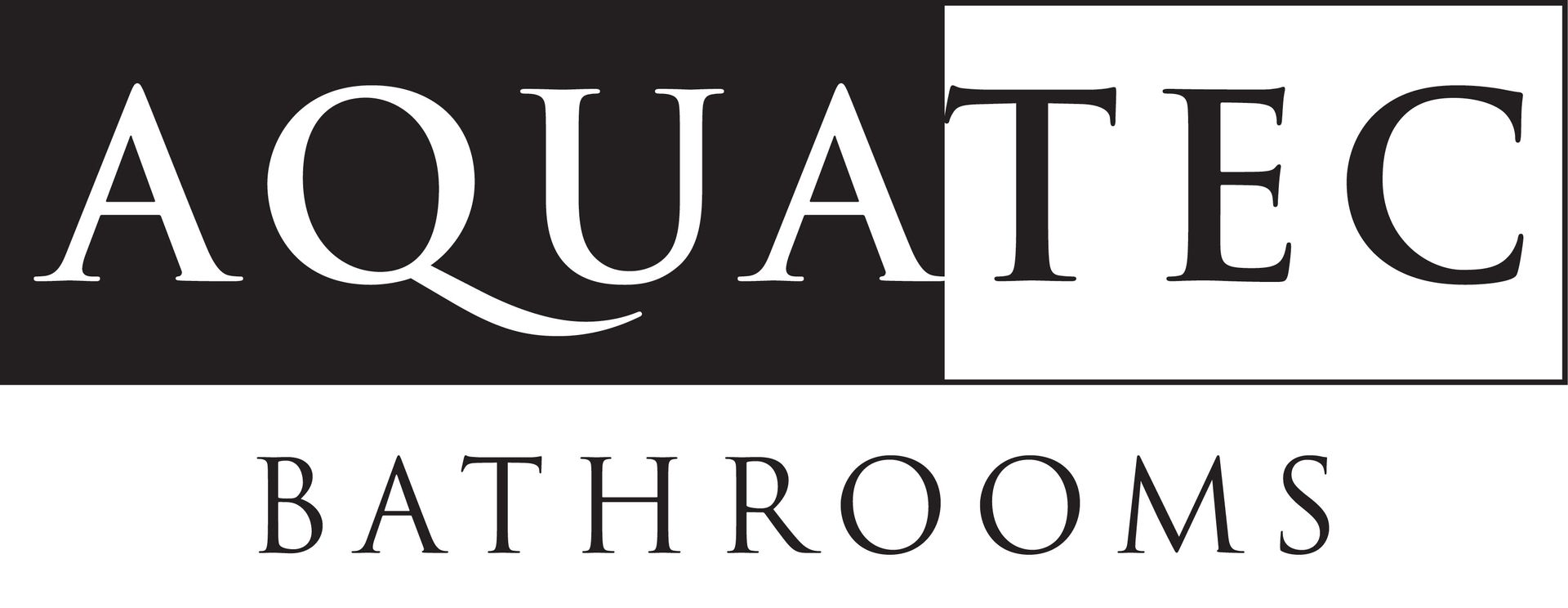How to Deep Clean Your Bathroom
Our hot tips to keeping your bathroom clean
In the steamy, warm environment of the bathroom, all sorts of germs and bacteria can thrive. Surfaces also become dull and streaked. You may also have noticed that the showerhead has become blocked with limescale. So even if you clean your bathroom regularly, you may wish to do a deeper clean every so often to get to those harder to clean bits that build up over time, such as descaling, tile grout and watermarked glass.
At Aquatec Bathrooms in Salisbury, we often receive questions about the best way to tackle these jobs and maintain a squeaky clean a bathroom. Here are our top tips:
1. Clear Out Your Bathroom
The first thing you need to do is clear out all the bottles, soaps and other bathroom products so you can get at all the surfaces without having to move stuff around. Bottles and containers can all get greasy and dirty over time so give each a good wipe down and clean.
You can also use this moment to clear out old products and put them in the recycling bin.
2. Cleaning Shower Cabinets
If you just have a shower curtain, take it down and run through the washing machine (provided that it is made of a material that will not perish in this way – check the label or if it is a plastic sheet, you may wish to wash this by hand and hang up to dry).
Many of us have glass shower cabinets which can get unsightly watermarks over them. Use an all-purpose bathroom cleaner to spray the surfaces inside and out and leave for a few minutes before wiping off. You may wish to use a cleaning product that is a bit more stringent when it comes to limescale, as this will help to remove these marks more easily and involve less scrubbing.
If you do have a blocked shower head, remove it and put in a plastic jiffy bag with a mix of vinegar and leave overnight. Once rinsed, it should get rid of any limescale or other blockages and leave it perfectly clean.
3. Tile and Grout Cleaner
Other places that become dulled over time are the walls and the tiles. You can buy specialist tile and grout cleaners to help bring these back to life in next to no time.
Spray your tiles and work the cleaner into the grouted area with an old toothbrush or a long thin brush designed specifically for tiles (you can pick these up quite cheaply online). Leave to work for a bit and then wipe off with a damp micro-fibre cloth.
4. Taps and Other Surfaces
Next work your way around the taps, bath, sink and other fixtures in your bathroom and spray with an all-purpose cleaner. Pay special attention to the difficult areas around taps that can often attract a build up of limescale and dirt over time. Put some of your cleaner down each of the drains to help remove any bacteria that is gathered in your pipes.
5. Toilet Cleaning
Make sure you use a strong toilet cleaner and work the brush into places like the rim. You should also spray and give the toilet seat a good clean both top and bottom with an antibacterial product.
If your toilet stands away from the wall, then you’ll have to get down on your hands and knees and give this a good clean too. For good hygiene measures, be sure to use a separate cloth or sponge for the toilet that is either disposable or washable.
6. Getting Rid of Bathroom Mould
Many bathrooms are prone to mould build-up and this can be difficult to keep on top of once it starts. A simple solution is to use a diluted vinegar solution that will kill off the mould. Spray this on and leave to work before wiping off. Leaving a window open when you have a hot shower can help prevent the build-up of condensation that leads to problems like mould.
7. Vacuuming Floors
The final step is to give the floor a good clean. Check areas like the skirting board and behind places like the toilet to get rid of any dirt with an all-purpose cleaner. If you have tiled floor, use some of the tile and grout cleaner on this area. For other floor surfaces, a good vacuum and wash with a floor cleaner should finish things off nicely.
8. Protect Your Hands
It is important that whilst using cleaning chemicals, dealing with bodily fluid residue and having your hands in water for a long period of time – that you wear gloves to protect your hands.
A good pair of marigold gloves can be bought from many general stores and supermarkets and will be of the correct thickness to protect you from high water temperatures too. Normal disposable gloves can also be used, but be careful not to get any moisture inside the gloves or puncture them whilst in use as you will not longer be protected.
9. Re-usable or Disposable?
We are all about protecting the environment. It is often a matter of personal choice as to whether you use a disposable cloth or antibacterial wipe for these types of jobs, or a cloth or sponge that you can wash and re-use.
When considering disposable options, try and choose biodegradable products that will be less harm to the environment. When using re-usable cloths and sponges, you should wash these separately and put on at least a 60oC wash to kill off any lingering germs.
When considering the environment, you may also wish to purchase products that are not harmful to the environment, or make your own at home using things like vinegar, bicarbonate of soda and lemon juice for a fresh scent.
If you have any questions or wish for some more detailed recommendations for your particular bathroom surfaces, feel free to get in touch with our team who can advise you.
